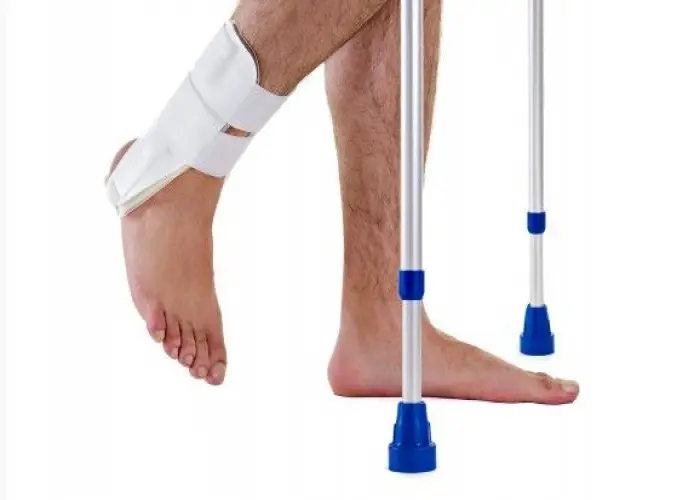 Welcome
Welcome
“May all be happy, may all be healed, may all be at peace and may no one ever suffer."
Foot - Diseases
The foot is a complex structure that serves as the foundation for the body, providing support and balance while allowing for movement and mobility. It is made up of 26 bones, 33 joints, and more than 100 muscles, tendons, and ligaments.
The foot is divided into three main parts: the hindfoot, the midfoot, and the forefoot. The hindfoot includes the heel bone and ankle joint, while the midfoot is made up of a cluster of bones that form the arch of the foot. The forefoot includes the toes and the ball of the foot.
The foot is designed to absorb shock and adapt to uneven surfaces, allowing us to walk, run, and jump with ease. The arch of the foot, for example, helps to distribute weight evenly across the foot and absorb impact when walking or running.
The muscles and tendons in the foot work together to provide stability and movement, allowing us to control our foot position and movement. The Achilles tendon, for example, connects the calf muscles to the heel bone and plays an important role in walking, running, and jumping.
Injuries to the foot can be very common and can range from minor sprains and strains to more serious conditions like fractures or plantar fasciitis. Conditions like flat feet or high arches can also affect the structure and function of the foot, leading to pain and limited mobility.
Overall, the foot is a highly specialized and complex structure that plays an essential role in our ability to move and interact with our environment. Proper care, including regular exercise, wearing proper footwear, and seeking prompt medical attention for any injuries or conditions, is important for maintaining foot health and function.

Interstitium

Shoulder

Spleen

Sublingual glands

Spinal cord

Brainstem

N/A

Cornea Eye
Foot, পায়ের পাতা
To be happy, beautiful, healthy, wealthy, hale and long-lived stay with DM3S.




